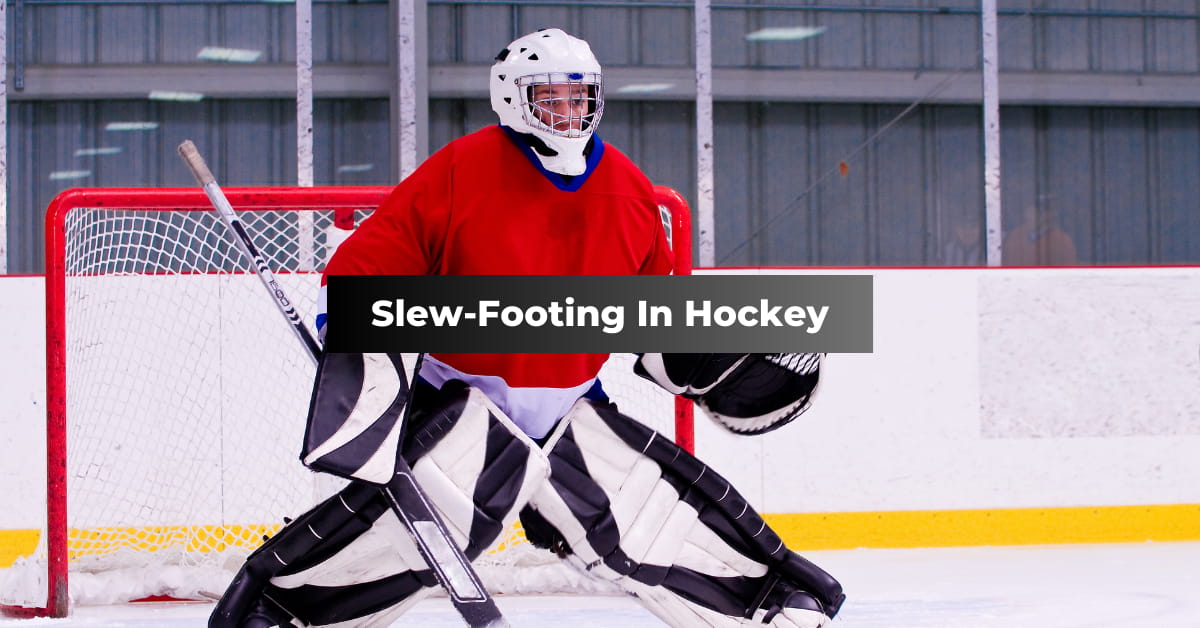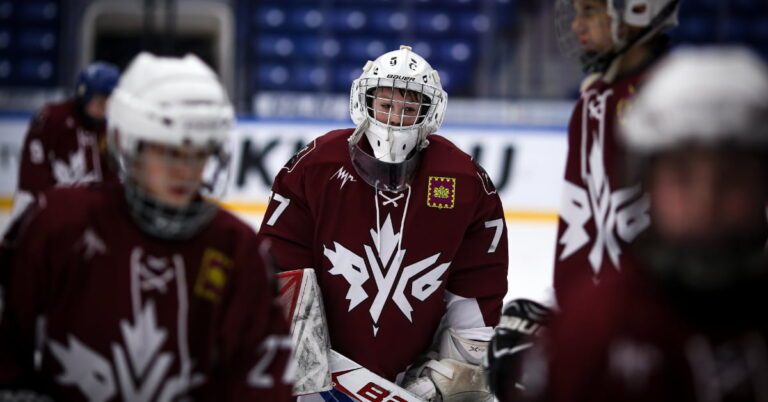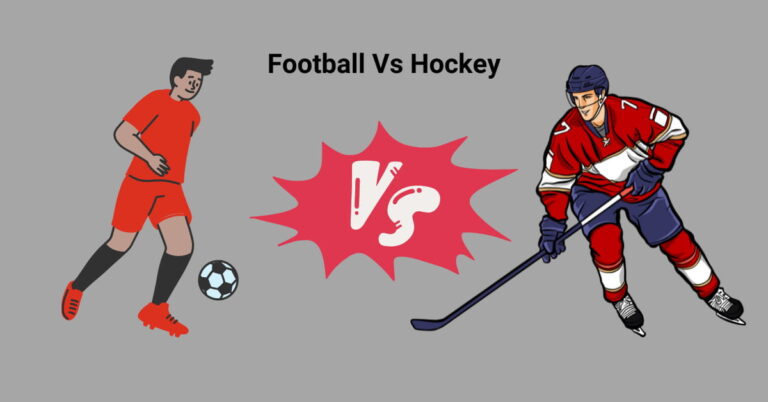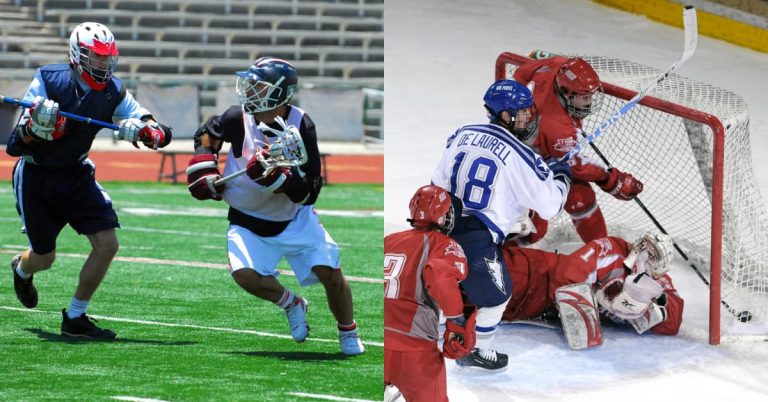What Is Slew-Footing In Hockey?
It’s a term that can easily be misunderstood and for some, it can be a scary word. But what exactly is it? Well, it’s actually quite simple. Slew-footing in hockey is when a player goes from one foot to the other without stopping. When a player does this, they lose control of the puck and can easily be knocked out of the game.
In this article, we’ll be talking about what is slew-footing in hockey and how it can be avoided.
What Is Slew-Footing In Hockey?
Slew-footing is a common move in hockey that is used to gain an advantage over an opponent. Slew-footing occurs when the player uses the side of their skate to make contact with their opponent’s feet, causing them to fall down. It can be dangerous if not done correctly, and it is against the rules to do it without being checked into the boards first.
Slew-footing is often used in instances where there are no defenders around, or if you have already been checked into the boards. This allows you to easily knock your opponent down and get past them before they can react. However, if someone else is nearby it could result in them getting hurt as well because they won’t expect it coming from behind them so quickly out of nowhere like that.
If someone does commit this type of penalty then they will receive two minutes in penalties plus any additional time added onto their clock depending on how serious or dangerous it was for both players involved (if any).
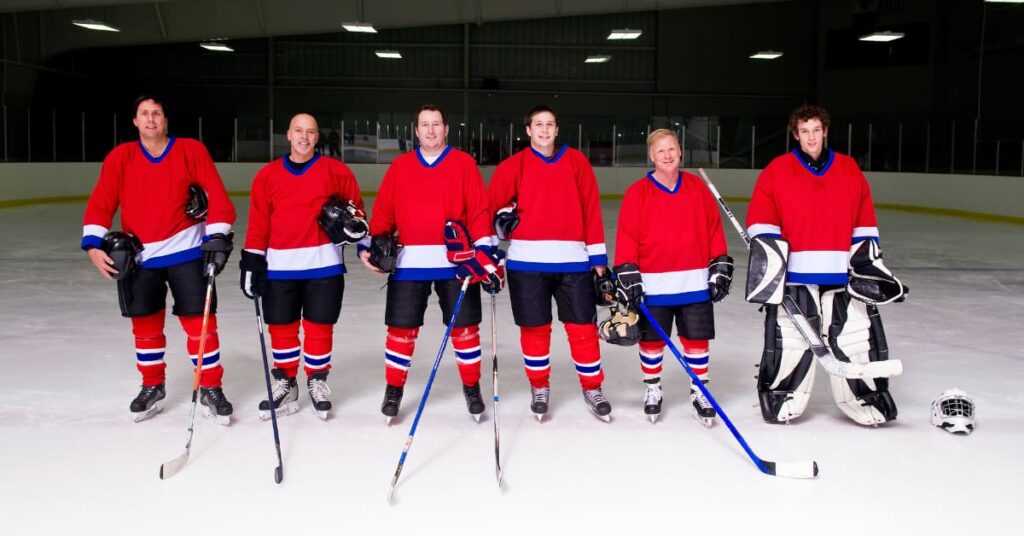
Benefits
The benefits of slew-footing in hockey are numerous. By using this technique, you can generate more speed, power and torque during your skating stride. This increases your ability to accelerate quickly and change direction quickly. In addition to these benefits, you also get better balance and greater stability on the ice.
One of the most important benefits of using this technique is that it helps you develop a powerful lower body that allows you to move faster and with more force than an opponent who is not using this technique. It also helps create more torque or rotational force in your hips, which allows for a faster turn in one direction or another.
The key to the successful use of this technique is balance and control over your skates at all times. When done properly, it will give you an advantage over opponents because they are not using this technique themselves. Therefore, they will be slow compared to those who do use it properly!
Risks
Slew-footing is a technique used in ice hockey to stop an opponent from moving forward. It involves kicking the opponent’s skates out from under them, which can cause serious injury.
Slew-footing is legal and very common in hockey, but it does come with risks for the player doing it. The most obvious risk is an injury to the opposing player. If you kick their skate out from under them, they could fall down and hit their head on the ice or another player. This could result in concussion or other injuries.
It’s also important to remember that while slew-footing may be legal and common in hockey, it can still lead to penalties depending on how many times a player does it during one game or season.
How to Prevent Slew-Footing in Hockey?
Slew-footing is a common occurrence in hockey, and it can lead to injury. If you’re not careful, you can end up with a sprained ankle or worse.
Here are some tips to help prevent slew-footing:
- Be aware of your surroundings, and don’t skate into another player’s path
- Avoid colliding with other players by stopping when they do (if they stop suddenly) and moving out of their way
- Don’t cross over the center line unless necessary (this can cause an obstruction)
- Move out of the way if someone is about to pass you (especially if it’s an opposing player)
Conclusion
So, that’s it for our discussion on slew-footing in hockey. We hope you learned something new and enjoyed the read!

